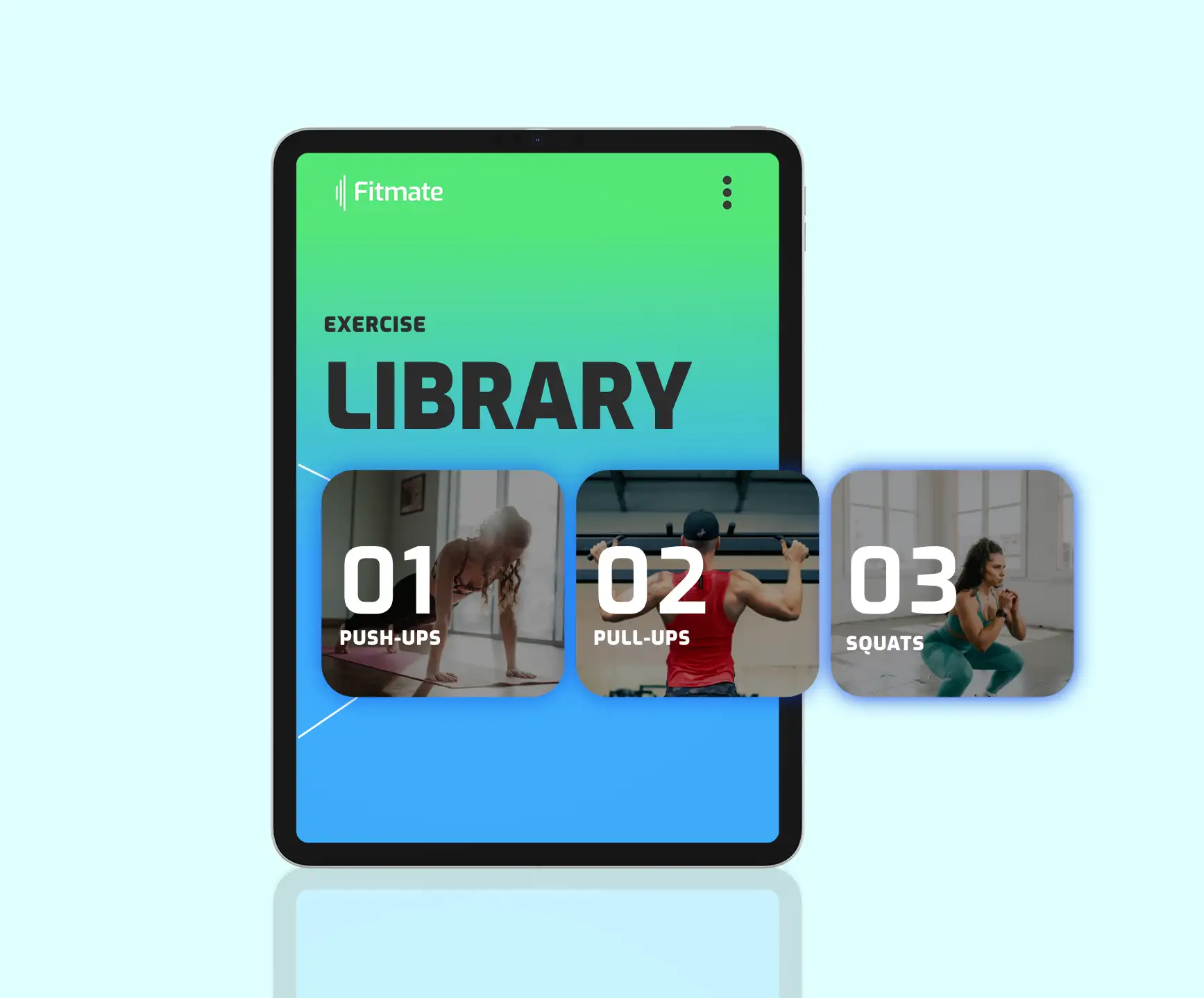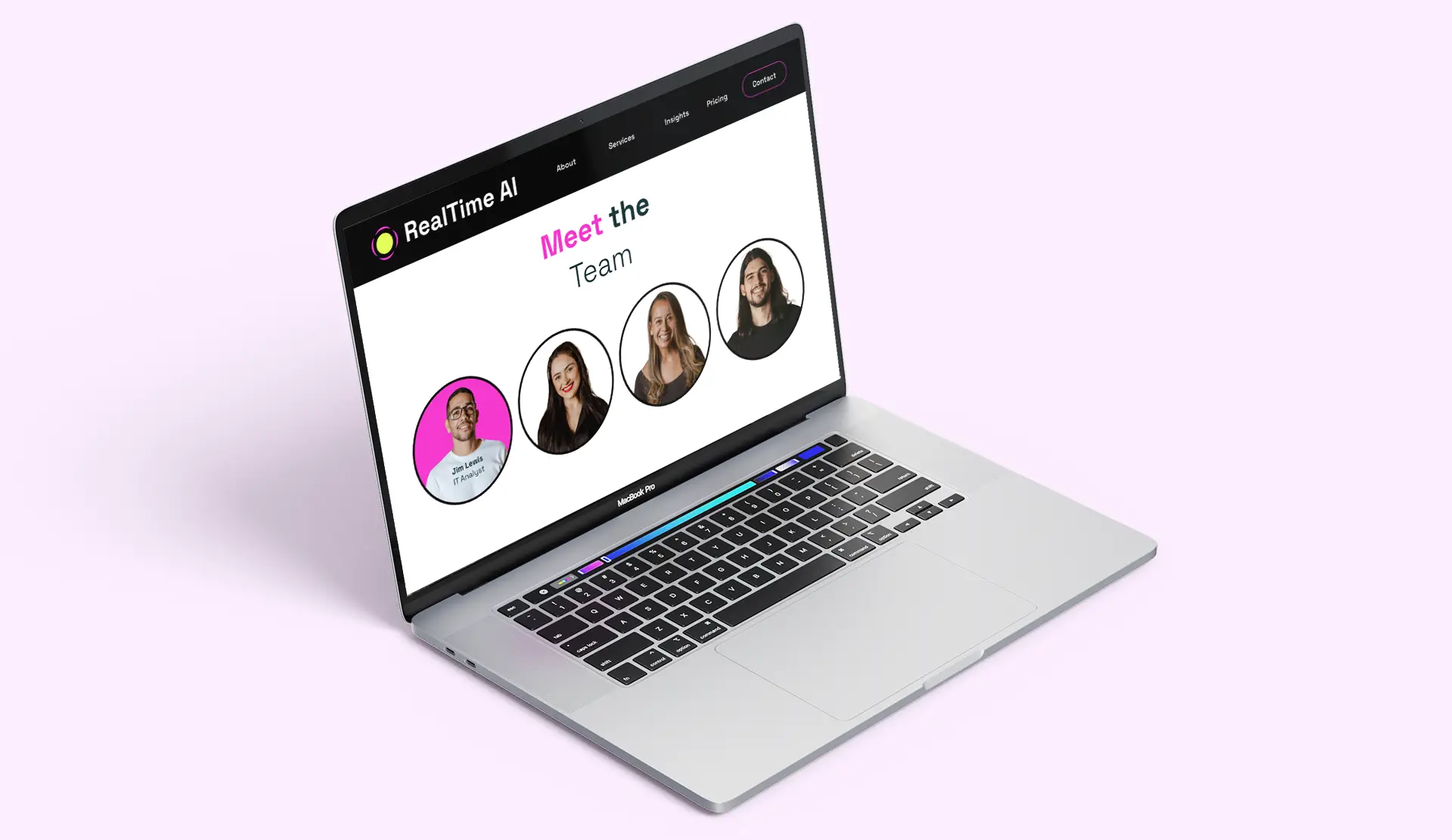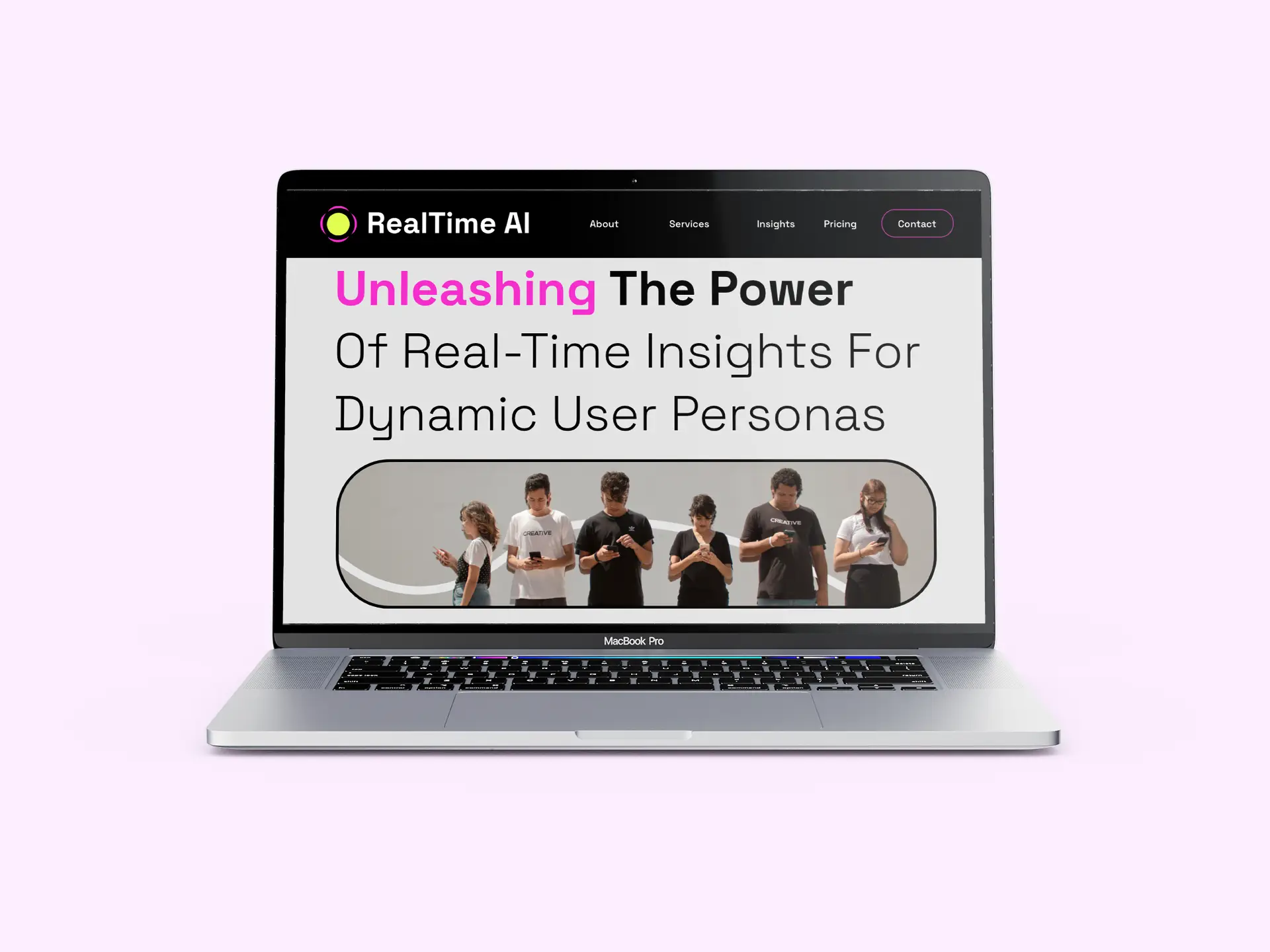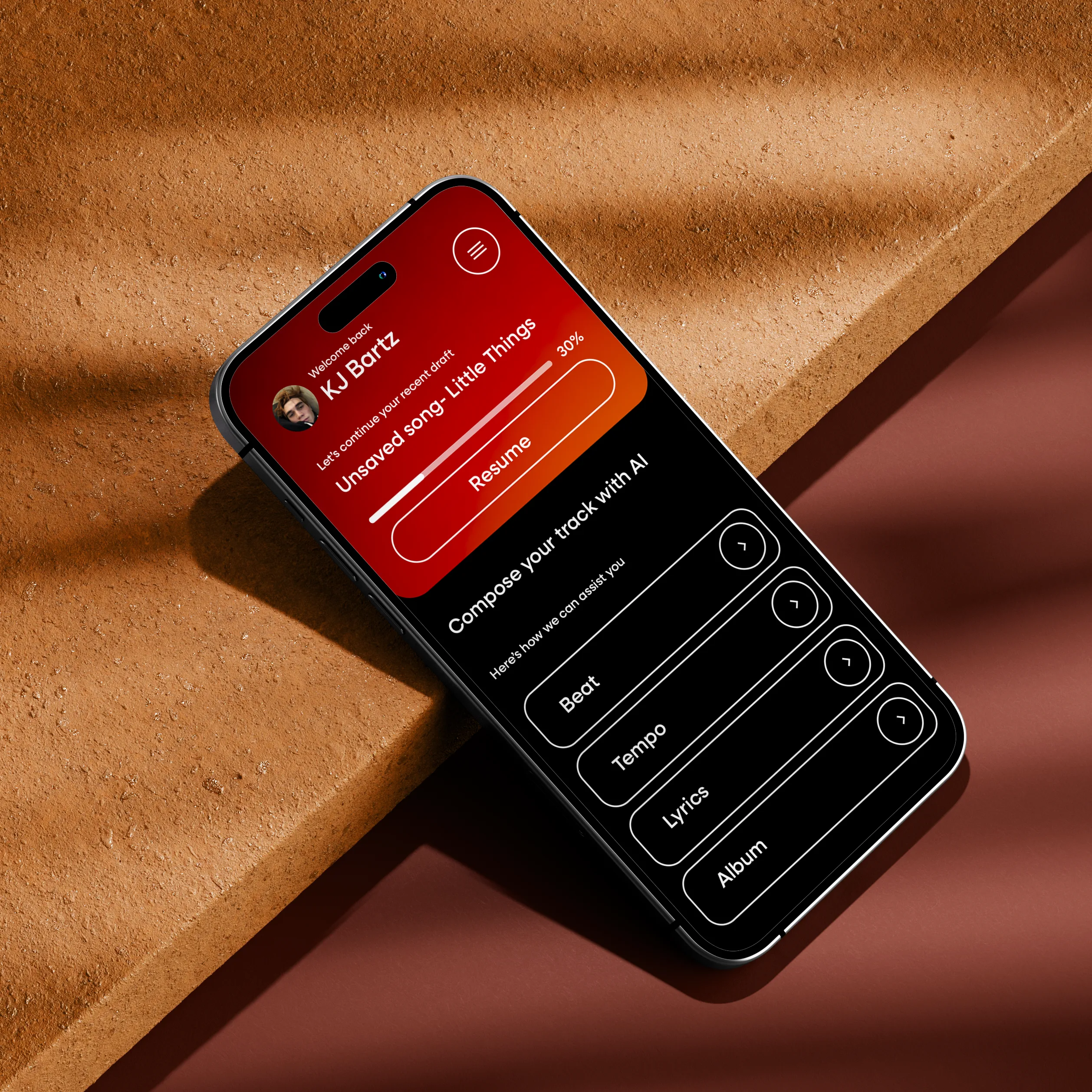Design thinking — a methodology that emphasizes empathy, experimentation, and iteration— offers a robust framework for achieving digital transformations. By integrating the principles of design thinking into web design, we can create digital experiences that not only meet user needs but are also delightful and meaningful.

A user-centered approach in design ensures that the needs, preferences, and behaviors of the users are prioritized throughout the design process. By deeply understanding the users, designers can create intuitive and accessible interfaces that enhance user satisfaction and engagement. This focus on the end-user in combination with Design Thinking methods not only improves the usability of the website but also helps in building trust and loyalty among users. Implementing user-centered design principles involves continuous testing and feedback, allowing designers to refine and iterate on their solutions to better serve the users’ needs and expectations.
Empathize: Understanding Users
The first stage of design thinking is to empathize with users, gaining deep insights into their needs, behaviors, and pain points. In web design, this involves:
— User Research: Conducting interviews, surveys, and usability studies to understand the target audience.
— Personas: Creating detailed user personas that represent different segments of the audience, helping designers keep user needs at the forefront.
— User Journeys: Mapping out user journeys to visualize how users interact with the website and identify potential pain points.
By empathizing with users, we as web designers can ensure that the design is aligned with user expectations and requirements.
Ensuring that design aligns with user expectations and requirements is crucial for several reasons. Firstly, when users find a website intuitive and easy to navigate, their overall experience improves, leading to increased satisfaction and engagement. This positive user experience can result in higher retention rates, as users are more likely to return to a site that meets their needs and provides a seamless interaction.
Aligning design with user expectations also helps in reducing platform confusion. Users are more likely to achieve their goals efficiently, whether it’s finding information, completing a purchase, or interacting with content. This efficiency translates to higher conversion rates, as users can easily and quickly complete desired actions without unnecessary barriers.
From a business perspective, a user-centered design approach directly supports these business goals. By creating a website that resonates with users and meets their needs, brands can foster trust and loyalty. Satisfied users are more likely to become repeat customers and advocates for the brand, leading to increased word-of-mouth referrals and a stronger market presence.
Additionally, when a website is designed with the user in mind, it can lead to better performance metrics such as lower bounce rates, higher average session durations, and improved customer satisfaction scores. These metrics are often key performance indicators (KPIs) for business success in the digital realm.
User-centered design can help businesses better differentiate themselves from competitors. By providing a superior user experience, marketers can create a competitive advantage, attracting more users and standing out in a crowded marketplace.

Define: Clarifying the Problem
In the define stage, the insights gathered during the empathize phase are synthesized to clearly articulate the problem. For web design, this involves:
— Problem Statements: Crafting clear and concise problem statements that outline the key challenges users face.
— Goals and Objectives: Setting specific, measurable goals for the website based on user needs and business objectives.
— Design Requirements: Establishing design requirements that address the problem statements and guide the design process.
Defining the problem ensures that the design efforts are focused and directed towards solving the right issues.
For us at ArtVersion, the Define stage is a pivotal part of our design thinking process, where we synthesize insights gathered during the Empathize phase to clearly articulate the problem. However, we recognize that defining the problem is not always a one-time task. In the dynamic environment of agency-client collaboration, the definition of problems can often be a moving target. This is where our approach to continuous discovery plays a crucial role.
Continuous discovery involves an ongoing cycle of gathering insights, testing assumptions, and refining the problem statement. We work closely with our agency clients to ensure that our understanding of the problem remains current and accurate. This iterative approach helps us adapt to changing client-user needs, market conditions, and human behaviors. By maintaining an open line of communication and regularly revisiting our initial hypotheses, we can better align our design efforts with the evolving landscape of each project.
Techniques such as journey mapping, affinity diagrams, and root cause analysis help us break down complex issues and identify the core problems that need to be addressed. By regularly reviewing and updating these relics, we ensure that our design solutions remain relevant and effective.

Ideate: Generating Solutions
The ideate stage is about brainstorming and generating a wide range of possible solutions. In web design, this can include:
— Brainstorming Sessions: Conducting brainstorming sessions with diverse teams to generate creative ideas.
— Wireframes: Creating wireframes to visualize different layout options and explore various design directions.
— Mood Boards: Developing mood boards to capture the desired look and feel of the website.
Ideation encourages creativity and helps in exploring multiple design possibilities before settling on the most promising ones.
To promote continuous discovery, we often conduct collaborative workshops with our clients. These workshops bring together stakeholders from different departments, including marketing, product development, and customer service, to provide diverse perspectives and ideas. Through these sessions, we can uncover new insights, validate existing assumptions, and identify any shifts in priorities or objectives. This helps with website built by refining problem definitions iteratively.



Prototype: Bringing Ideas to Life
Prototyping involves creating tangible representations of ideas to explore and test them. For web design, this involves:
— Low-Fidelity Prototypes: Developing low-fidelity prototypes or sketches to quickly test basic concepts and layouts.
— High-Fidelity Prototypes: Creating high-fidelity prototypes that closely resemble the final design, including detailed visuals and interactions.
— Interactive Prototypes: Building interactive prototypes to simulate user interactions and gather feedback on the user experience.
Prototyping allows designers to experiment and iterate on ideas, refining them based on user feedback.
Prototyping is another essential component of our continuous discovery process. By creating low-fidelity prototypes early in the Define stage, we can quickly test and validate our problem definitions with real users and stakeholders. This hands-on approach helps us gather valuable feedback and identify any discrepancies between our initial assumptions and actual user needs.
Feedback loops are integral to our iterative refinement process. By incorporating user and client feedback at multiple stages, we can continuously refine our understanding of the problem and make necessary adjustments to our design approach. This ongoing dialogue ensures that our solutions remain grounded in real-world contexts and deliver tangible value.

Test: Refining the Design
The final stage of design thinking is testing the prototypes with users to gather feedback and make improvements. In web design, this involves:
— Usability Testing: Conducting usability tests with real users to identify usability issues and gather insights.
— A/B Testing: Running A/B tests to compare different design versions and determine which performs better.
— Analytics and Feedback: Using web analytics and user feedback to continuously monitor and improve the website.
Testing ensures that the final design is user-friendly, effective, and meets the defined goals and objectives.
Of course, testing can come before, throughout, or after the web development process. Our team typically incorporates multiple testing phases to ensure continuous improvement and alignment with user needs and clients’ business goals.
Pre-Development Testing
Before development begins, we conduct usability tests on low-fidelity prototypes. This early testing phase allows us to identify potential usability issues and gather preliminary user feedback. By testing initial concepts and layouts, we can make informed adjustments before investing time and resources into development. This approach minimizes the risk of major redesigns later in the process and ensures that the foundational design is solid and user-centric.
Continuous Testing During Development
Throughout the web development process, we engage in continuous testing to validate design decisions and ensure that the implementation aligns with the original vision. This includes regular usability testing sessions, where real users interact with the evolving website. We also employ A/B testing to compare different design elements and determine which variations perform best in terms of user engagement and conversion rates. Continuous testing helps us catch issues early, make iterative improvements, and ensure that the website remains aligned with user expectations and business objectives.
Post-Launch Testing and Iteration
Once the website is deployed and live, testing doesn’t stop. Post-launch testing involves monitoring user behavior through analytics tools, conducting surveys, and gathering direct feedback from users. This data-driven approach helps us identify areas for further improvement and optimization. We perform usability testing on the live site to uncover any new issues that might have emerged after launch. Based on the insights gained, we can make iterative updates to enhance the user experience and meet evolving user needs.

User Feedback Loops and Collaboration with Stakeholders
Creating effective feedback loops is crucial for refining the design continuously. We encourage users to provide feedback through various channels, such as feedback forms, user testing sessions, and support interactions. This feedback is invaluable for identifying pain points, understanding user preferences, and uncovering opportunities for enhancement. By maintaining a close connection with users, we ensure that our design evolves in response to real-world usage and delivers ongoing value.
Testing also involves close collaboration with stakeholders to ensure that the website meets business goals. Regular reviews and feedback sessions with stakeholders help align the design with strategic objectives and ensure that the project remains on track. By involving stakeholders throughout the testing process, we can address any concerns promptly and incorporate their insights into the design.
Conclusion
In summary, a comprehensive strategy is essential for creating a user-friendly, effective, and goal-oriented website. By incorporating testing before, during, and after the development process, we can ensure that the final design is continuously refined and optimized to meet both user needs and business objectives. This iterative approach to web designing perfectly adheres to principles of design thinking, fostering a culture of continuous improvement and innovation. By consistently circling back to empathy and user feedback, you can create websites that deliver exceptional user experiences and achieve lasting goals, embodying the core values of design thinking in every stage of the web design process.









